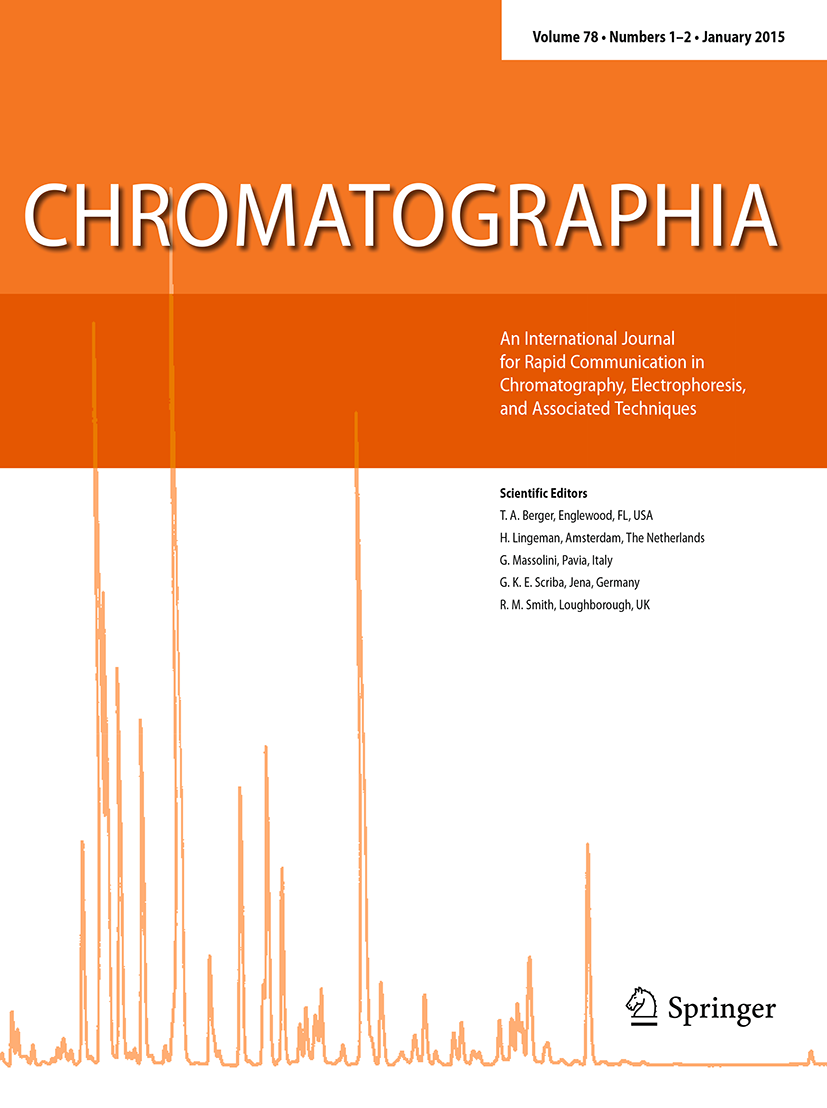A Simple Precipitation Method Combined with LC–MS/MS for the Simultaneous Determination of 14 Water-Soluble Vitamins and Metabolites in Human Serum
Abstract
This study introduces a rapid LC–MS/MS method designed to simultaneously quantify 14 water-soluble vitamins and their metabolites in human serum. The protein precipitation with metaphosphoric acid and stable isotope dilution techniques are utilized in this method. An Agilent XDB C18 column and dynamic ionization mode switching are adopted, enabling the completion of a single sample analysis within 5 min. The method has undergone rigorous validation. The lower limits of quantification (LLOQs) range from 0.3 to 400 ng/mL, with recovery rates between 80 and 120%. Intra-day and inter-day relative standard deviations (RSDs) are below 15%. The matrix effects are controlled within ± 15%, and the analyte carryover is less than 20% of the LLOQ. The stability tests have demonstrated that samples remain stable at room temperature (25 °C) for 10 h, at − 20 °C for 7 days, and can withstand one freeze–thaw cycle. Extracted samples are stable in the autosampler (4 °C) for 24 h. The method was applied to serum samples from 150 healthy individuals. Non-parametric statistical analysis was carried out to establish clinical reference intervals, which provides valuable data for the clinical evaluation of vitamin and metabolite levels in serum.

 求助内容:
求助内容: 应助结果提醒方式:
应助结果提醒方式:


